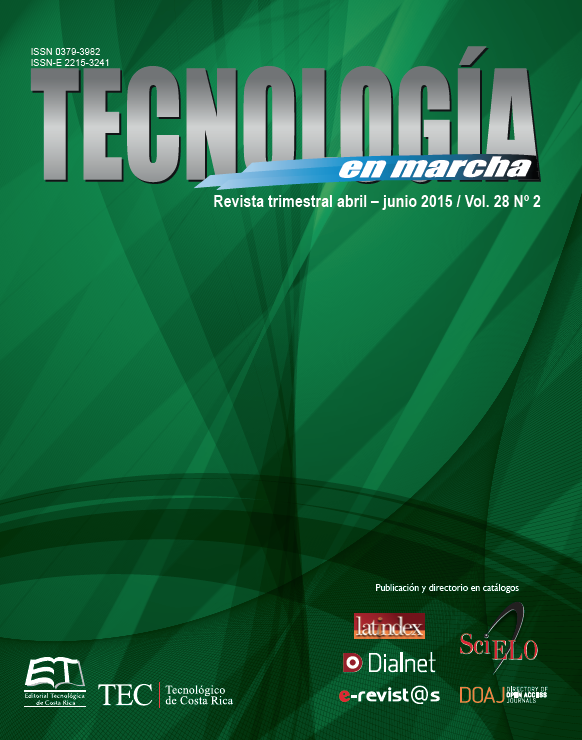Solid waste management challenges for cities in developing countries
Main Article Content
Abstract
The target was raised to identify areas for their condition, significance or cultural significance need to be protected, preserved or restored. By performing an agroecological zoning and landscape. The ecological or eco-regionalization consists of defining relatively homogeneous geographic areas based on the physical and biological environment, so as to establish appropriate links with the use and appropriation of land by the society. Terrain, climate and soils: physical characterization of three important aspects was performed.
Map of morphometric relief units and is based on a semi-automated obtained from a digital elevation model and shape of curves. Agro-Ecological Zones Map is the product of crossing geomorfopedology map units (relief + soils) with the map of climates. The map Vegetation Cover and Land Use: prepared from satellite imagery, performing a supervised classification by means of spectral signatures. The Landscape Map: Crossing the Agro-Ecological Zones map of the Vegetation Cover and Land Use.
It is noted that the most important landscapes by extension in the watershed are:
a. Plain / Alfisols / CB ‘ with 20.49% Construction
b. Mountain / Andisols / BB ‘2 with 17.23% Mixed Forest
c. Plain / Alfisols / CB ‘with 8.66% Annual Agriculture
d. Mountain / Andisols / BB ‘2 with Permanent Agriculture 8.13%
In the upper part of the basin has prevalence of mixed forest and permanent agriculture; while in the lower part has a greater area of urbanization and agriculture annual.
Article Details
Los autores conservan los derechos de autor y ceden a la revista el derecho de la primera publicación y pueda editarlo, reproducirlo, distribuirlo, exhibirlo y comunicarlo en el país y en el extranjero mediante medios impresos y electrónicos. Asimismo, asumen el compromiso sobre cualquier litigio o reclamación relacionada con derechos de propiedad intelectual, exonerando de responsabilidad a la Editorial Tecnológica de Costa Rica. Además, se establece que los autores pueden realizar otros acuerdos contractuales independientes y adicionales para la distribución no exclusiva de la versión del artículo publicado en esta revista (p. ej., incluirlo en un repositorio institucional o publicarlo en un libro) siempre que indiquen claramente que el trabajo se publicó por primera vez en esta revista.

